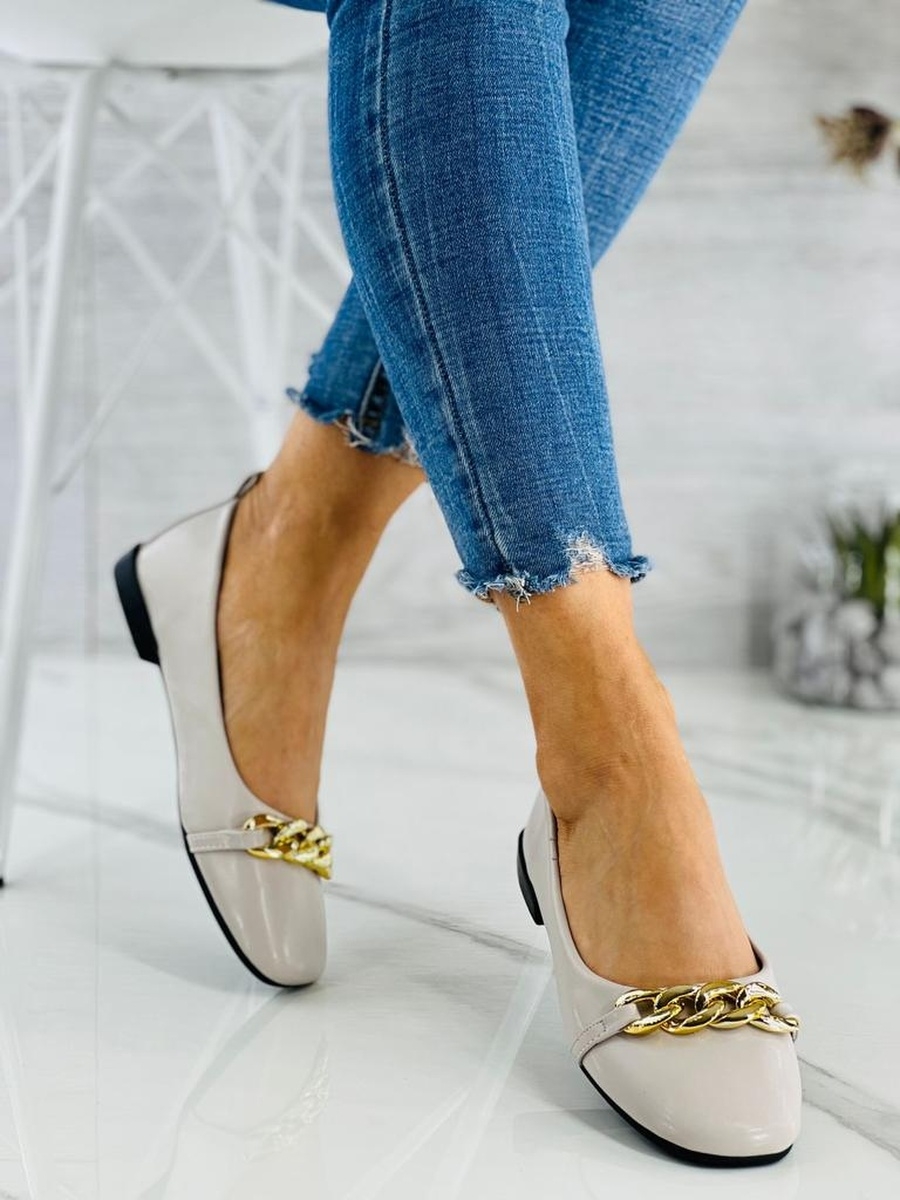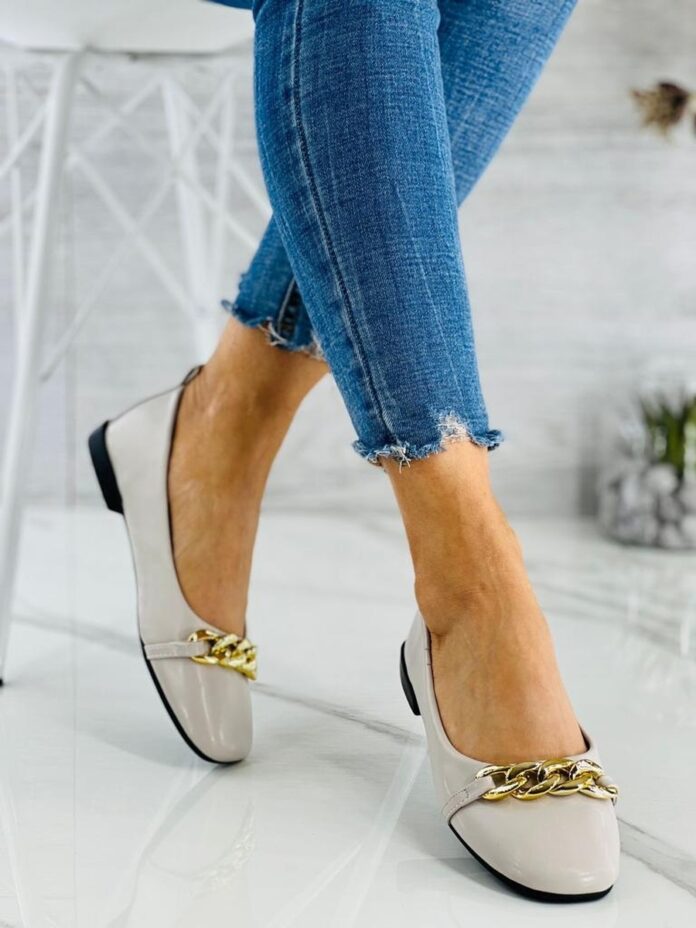If you’ve been diagnosed with a bunion, you’re probably already aware of its challenges. Bunion pain can range from mild to debilitating, often making wearing shoes difficult or even impossible. If this sounds like something that could be affecting your life, take heart! There are plenty of options available for finding shoes that accommodate your bunions without sacrificing style or comfort.
In this article, we’ll go over what to look for in bunion friendly shoes and give you some pointers on how to find them online or in stores near you.
How to find comfortable bunion friendly wedding shoes?
To find the best bunion friendly wedding shoes, look for a wide-toe box. It is one of the essential features that you should consider when buying your wedding shoes. A wide toe box will ensure that your toes have enough room to move freely and easily. Avoid narrow-toed shoes, as they can cause discomfort and pain in the long run.
best shoes for hammer toes (1) Another way to reduce bunion pain is wearing special bunion pads inside your wedding heels. These pads help relieve pressure on areas prone to developing bunions, like big toes and heels. If you already have developed bunions, these pads will give you much-needed relief from foot pain during weddings or other formal events where you must wear heels all day long!
Another way to reduce bunion pain is wearing special bunion pads inside your wedding heels. These pads help relieve pressure on areas prone to developing bunions, like big toes and heels. If you already have developed bunions, these pads will give you much-needed relief from foot pain during weddings or other formal events where you must wear heels all day long!
You can also opt for ankle strap sandals with additional straps across both ankles so that the belt does not rub against skin anywhere except where it sits naturally around each ankle bone area.
Look for bunion pads for shoes with wide-toe boxes.
If you are looking for shoes with a wide toe box, look for bunion pads for shoes. The wider the shoe’s toe box, the more room there is for your toes to spread out.
Also, consider whether you have bunions on more than one side of your foot. If so, choose shoes with extra padding in both areas so that each side gets equal treatment and relief.
If you need a smaller heel because of arthritis or other issues, get a shoe with a little or flat heel rather than one with an elevated heel. Consider buying insoles if necessary to help fill out any extra space left by the minor or flat heel.
Look for bunion support shoes with extra room at the ball of the foot.
- The ball of the foot is where your big toe is, and these shoes must allow room around that area.
- Choose comfortable bunion support shoes high heels: High heels are a fantastic way to accentuate your figure and elevate an outfit, but they can also be very uncomfortable for someone who suffers from bunions. Luckily, there are ways to make this footwear easier on your feet and still look great!
- Opt for looser-fitting sandals: If you’re looking to buy new sandals this summer or even update some old ones, opt for looser-fitting pairs instead of those ultra-trendy stilettos (or any other type of shoe).
The looser-fitting shoes will not only be more comfortable, but they’ll also give your bunions room to breathe. Try insoles: Besides buying new sandals or flip-flops, consider purchasing shoe insoles specifically designed for people with bunions. These products can help reduce pain and pressure on the foot while wearing high heels and regular footwear.
Find bunion wide shoes that have small or flat heels.
A low heel is best for most people, but if you like to wear your bunion wide shoes all day without discomfort, a higher heel may be a better option.
- A narrow heel will allow your toes more room on the front and sides of your foot. An overly wide or thick sole can crush the bones between your toes and press against them painfully, causing additional pain in the ball of your foot.
- It can lead to calluses forming on top of the big toe joint, which often leads to ingrown nails and infection later on down the line, as well as blisters around each joint where there should generally be smooth skin instead!
The same goes for a high heel. A narrow sole will allow your toes to move more freely and prevent them from cramping up, reducing the risk of blisters on top of your foot where it rubs against the shoe.
Plenty of padding and cushioning in dress shoes for women with bunions is essential.
One of the most important things to consider when shopping for dress shoes for women with bunions is how much padding and cushioning they offer.
Shoes with plenty of padding and cushioning are comfortable. They help prevent your bunion from getting worse, relieve pain associated with bunions, and keep your feet dry by absorbing moisture.
Regarding the best shoes for bunions, you’re looking for a pair of comfortable sneakers or sandals with plenty of padding and cushioning. When shopping online, review product reviews to see how others who purchased the same shoes feel about them.
If you’re looking for a pair of shoes with bunions, look for ones with plenty of padding and cushioning. More comfortable shoes will help prevent your bunion from getting worse, relieve pain associated with bunions, and keep your feet dry by absorbing moisture.
Comfortable & fashionable shoes for bunion sufferers
Now you know what to look for when choosing fashionable shoes for bunion sufferers, but what should you look at?
- Comfort – Look for comfortable shoes. You want a shoe that fits well and feels good to wear. Try on the shoes with socks or tights on. If they don’t feel good with socks, they won’t feel good without them either!
- Fashion – You want a shoe that looks fashionable too! There are many different styles of shoes available, so it is important to find ones that suit your style and taste in footwear and are comfortable and supportive.
- Affordability – The cost of these comfort insoles can vary greatly depending on where you buy them from – some will be more expensive than others depending on how many features they offer, such as arch support. If possible, try comparing prices online before going into retail stores. Sometimes this may save money throughout your overall purchase price, which could come in handy later down the line when spending other money, such as shopping online instead.
Try good shoes to wear after bunion surgery.
Bunion surgery recovery time is usually relatively short. After bunion surgery, you can expect good shoes to wear after bunion surgery for two weeks. You will then be allowed to return to wearing regular shoes. Your foot and toes will be tender initially, but this should only last a few days.
When you return to wearing regular shoes, they should be comfortable and well-cushioned. In addition, they should have a wider toe box so that your toes have ample room to spread out.
If your toes are still sore after a few days, consider trying an over-the-counter pain medication.
With proper care & post bunion surgery shoes, you can help your bunion heal.
After your bunion surgery, you can help your bunion heal by wearing shoes with plenty of padding and cushioning. The post bunion surgery shoes are a great way to relieve pain and pressure from your swollen toe joint. These pads will also help prevent further damage to the joint as you walk around in them during the recovery process after surgery.
Getting the proper treatment is essential if you are suffering from a painful bunion. Surgery is often the best option for people with bunions that are causing them significant discomfort or pain. However, if you’re planning to undergo surgery and need some help managing your pain before and after.
Conclusion
The article has helped you understand the importance of wearing comfortable shoes with bunion support. Bunion surgery is one of the most common foot surgeries performed today. The patients need to wear appropriate footwear following the procedure. The best way to ensure that your feet remain healthy after surgery is by getting plenty of rest. Wearing shoes that offer ample cushioning and support throughout their recovery. We hope this article has given you insight into what makes certain types of footwear better than others.

